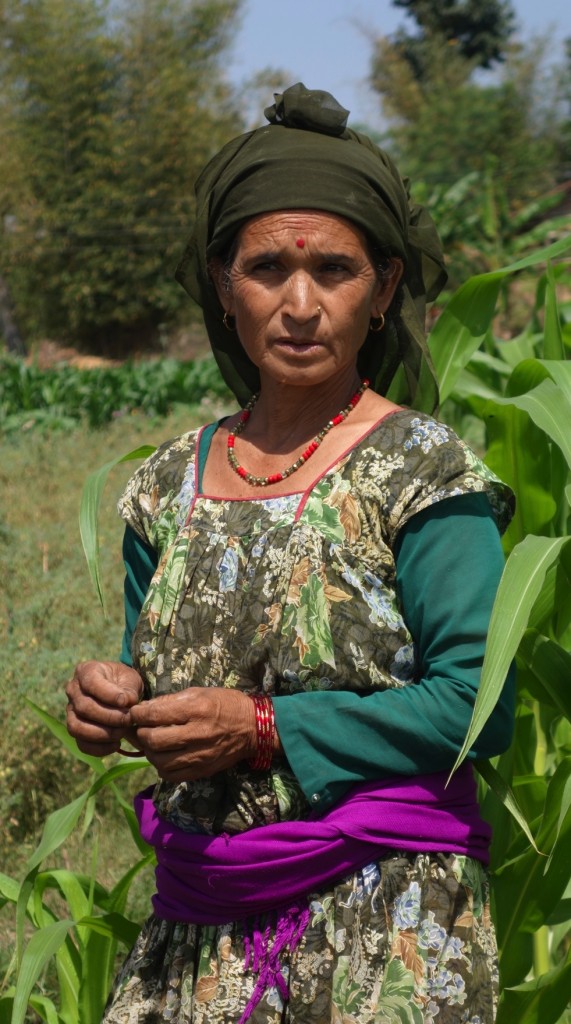CSISA Promotes Maize Triple Cropping in Nepal
 In the western Terai plain of Nepal, farmers typically grow no more than two crops per year and there is a spring fallow period in between winter crop harvesting and rice planting that remains fallow. This fallow period is particularly long in areas where potato is cultivated.
In the western Terai plain of Nepal, farmers typically grow no more than two crops per year and there is a spring fallow period in between winter crop harvesting and rice planting that remains fallow. This fallow period is particularly long in areas where potato is cultivated.
At places where irrigation water is available and timely harvest of the winter crop takes place, maize can be grown and marketed either as ‘green cob’ for the fresh market or, in some cases, grown to maturity to produce dry grain. Since no crops are displaced when a farmer transitions from double to triple cropping systems, the income generated by this third season is purely profit. Nevertheless, cropping in this period is uncommon and better-bet management recommendations for promising crops like maize are lacking.
Starting in 2013, CSISA-Nepal initiated a series of participatory research trials in farmer’s fields to determine optimum management practices for maize in order to encourage triple cropping and to generate income. On-farm trials demonstrate that spring maize can be immensely remunerative, with returns exceeding $1,000/ha.
However, profitability is highly dependent on irrigation investments and farmers can incur losses with excess application of irrigation water. Returns are also highly dependent on the selection of the right cultivar, with maximum profits declining to less than $50/ha with open-pollinated varieties.
In addition to sound agronomic advice, expansion of spring maize area in the Nepali Terai will be bolstered by closer linkages between maize processing mills and small famers as well as the introduction of labor saving technologies such as maize shellers to reduce drudgery. CSISA is working with the KISAN project to commercialize small-scale machinery and to improve linkages between farmers and markets.
Tags: CSISA Nepal, Farmers in Nepal Terai, Nepal, spring maize, tripple-cropping
